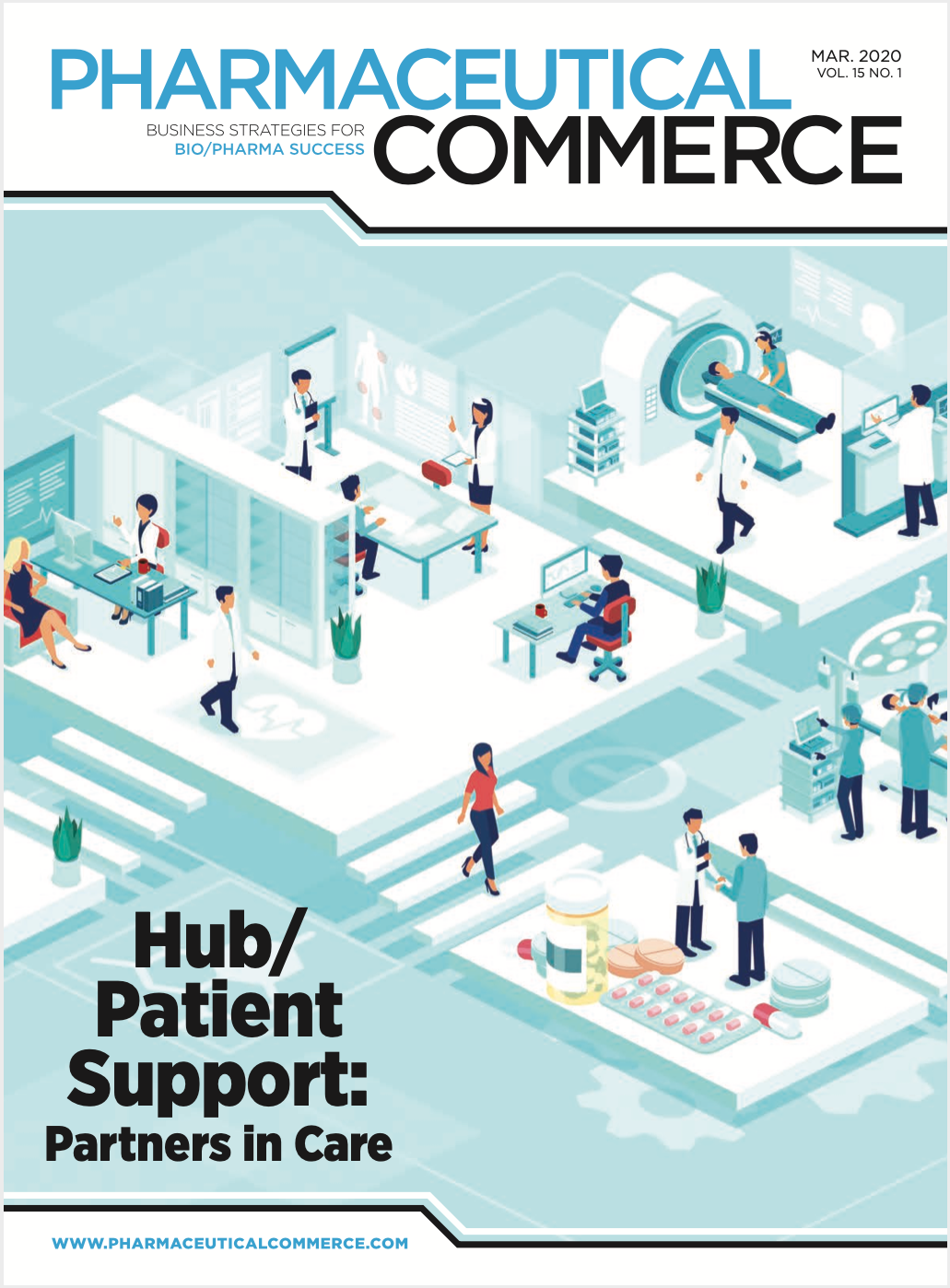Real-world evidence gets closer to everyday treatment decisions
ICER will expand use of RWE, as the Federal ONC calls for broader use of healthcare data
Real-world evidence—a subject of interest for years among clinical researchers—is getting closer to what might be called “real-world applications”—that is, in the decisions made routinely by physicians and by payers to prescribe drugs to patients. For the most part, RWE has been of concern to researchers performing clinical trials. The field got a boost in 2016 with the 21st Century Cures Act, which made observational data (a type of RWE) eligible for consideration in drug approvals. Since then, a flurry of RWE projects have been announced, and large collaborations bringing millions of patient records together for evaluation have been undertaken.
Now, this sort of clinical RWE is getting closer to assessing patients’ ongoing care, and the more commercial considerations like drug pricing. The Institute for Clinical Evaluation and Research (ICER), which styles itself as “the leading U.S. health technology assessment (HTA) body,” has announced a collaboration with Aetion, a provider of software, branded as the Aetion Evidence Platform, that operationalizes health outcomes research. Aetion, in turn, has relationships with sources of health data.
There are numerous ongoing efforts to evaluate how patients are affected by drugs, outside of a clinical trial; and of course, payers and pharmacy benefit managers have been making their own assessments for years. Now, ICER hopes to generate “decision-grade RWE,” as it calls it, which in turn will become part of the deliberations on drug pricing or product choices that ICER is known for.
“ICER has long sought data generated outside of clinical trials to enhance our understanding of how medical treatments perform in the real world,” said Pamela Bradt, MD, MPH, ICER's chief scientific officer. “Through this partnership we aim to set new standards for how RWE can better inform the consequential decisions that biopharma manufacturers, insurers, and other stakeholders make every single day around drug pricing and patient access.”
Last month, ICER published a “2020 Value Assessment Framework,” a publicly debated procedure on how it would conduct its assessments going forward; incorporating RWE into its deliberations was part of the announcement. At the time, Steven Pearson, president of ICER, declared that “First, as always, we want to bring value assessment out of the back rooms of insurers and manufacturers, and make it a public exercise, open to scrutiny and input from all.”
HIT pushes ahead
Also late last month, the Office of National Coordinator of Health Information Technology, which has been coordinating the implementation of healthcare IT since the early 2000s, issued its 2020-2025 Federal Health IT Strategic Plan. “The volume of health and health-related data being generated and available for improving care quality has never been greater,” says the report. “Collecting, organizing, analyzing, interpreting, and applying this “big data” to clinical decision making is both a challenge and a significant opportunity.” The report has something of a mixed message for pharma and healthcare providers: at one and the same time, it calls for more data to be used for outcomes-based decisions, while “reducing the regulatory burden” of federal policy, and helping create “robust mechanisms for ensuring the privacy of health information.”
